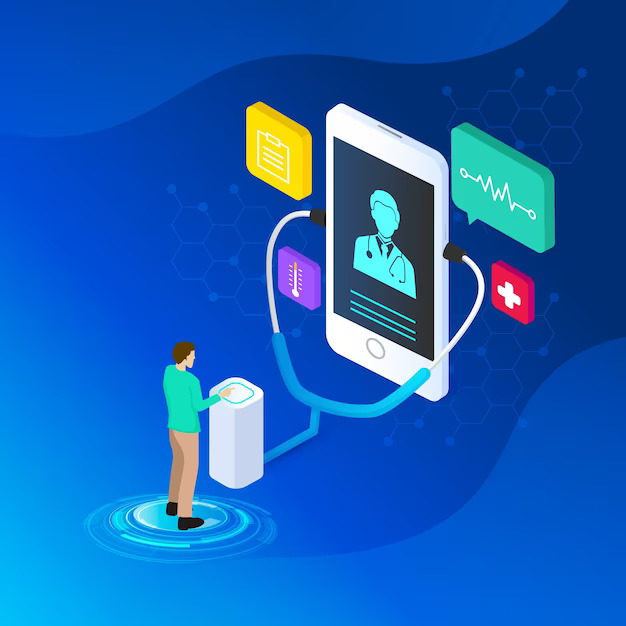By leveraging EHR solutions, healthcare providers can create a more patient-centered healthcare experience that enhances patient outcomes and provider success. In this blog, we’ll explore the critical role of EHR solutions in creating a patient-centered healthcare experience and their benefits to patients and healthcare providers.
Patient engagement and satisfaction have become increasingly important for healthcare providers in recent years. Patients engaged in healthcare are more likely to have better health outcomes, reduced healthcare costs, and a better overall patient experience. Furthermore, patient satisfaction can significantly impact a healthcare provider’s reputation and success.
In recent years, patient engagement and satisfaction have become critical components of healthcare quality. Engaged patients actively participate in healthcare decision-making, understand their health conditions, and follow their treatment plans. Involved patients have better health outcomes, are less likely to be readmitted to the hospital, and experience lower healthcare costs.
One significant benefit of patient engagement is improved health outcomes. Engaged patients tend to have better control over their chronic conditions, leading to better symptom management, fewer hospitalizations, and improved quality of life. Involved patients are also more likely to adhere to their medication and treatment plans, leading to better health outcomes and overall health status.
Patient engagement also leads to reduced healthcare costs. Engaged patients are less likely to require hospital readmissions, emergency department visits, or unnecessary tests or procedures. Involved patients are also more likely to have their healthcare needs met promptly and efficiently, reducing the need for expensive interventions.
Another significant benefit of patient engagement is an improved patient experience. Engaged patients feel more in control of their healthcare and have a better understanding of their health conditions. They are more satisfied with their healthcare experience and feel more confident in their healthcare providers.
Satisfied patients are more likely to recommend their healthcare providers to others, leading to an increase in patient referrals and positive word-of-mouth. They also tend to have better treatment adherence, leading to improved health outcomes and reduced healthcare costs. Patients may switch to another healthcare provider, decreasing patient volume and negatively impacting a healthcare provider’s reputation.
EHR solutions can allow patients to view their test results, medication lists, and treatment plans, giving them a better understanding of their health conditions and treatment options.
This can improve patient satisfaction and engagement, as patients feel more informed and involved in their healthcare decisions.
This can improve patient engagement and satisfaction, as patients feel more in control of their healthcare.
This can help healthcare providers improve their efficiency and reduce costs associated with missed appointments.
EHR solutions can help patients stay on top of their medication needs by providing medication management tools. Patients can use these tools to keep track of their medications, set reminders for when to take them, and refill prescriptions.
This can improve patient engagement and satisfaction, as patients feel more in control of their health and medications.
EHR solutions can help reduce the risk of medication errors by providing healthcare providers with accurate and up-to-date medication information. This can help healthcare providers avoid potential drug interactions, prevent medication duplications, and ensure patients receive the correct medications at the proper dosages.
This can improve patient safety and satisfaction, as patients are less likely to experience adverse medication events.
EHR solutions can improve communication between patients and healthcare providers by offering secure messaging systems. Patients can use these systems to ask questions, request prescription refills, or report symptoms, and healthcare providers can respond quickly and efficiently.
This can improve patient satisfaction and engagement, as patients feel more connected to their healthcare providers.
This can also help healthcare providers improve efficiency and reduce costs associated with time-consuming phone calls or in-person visits.






